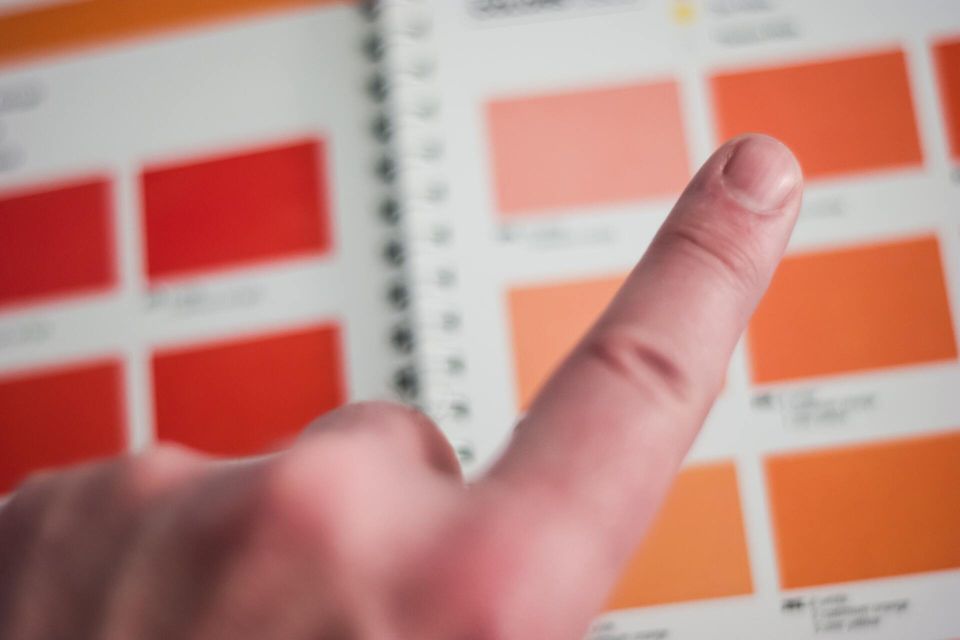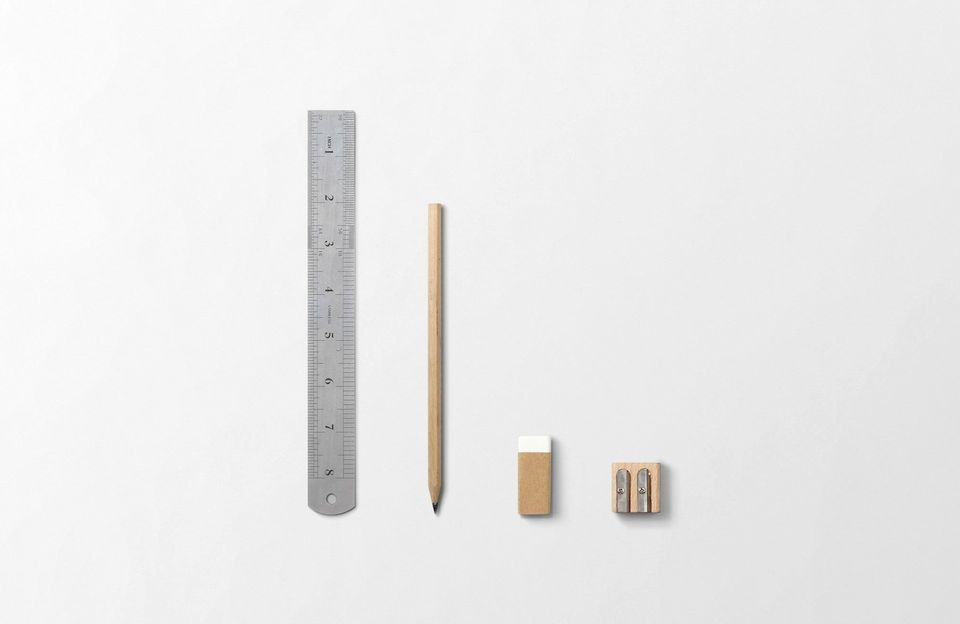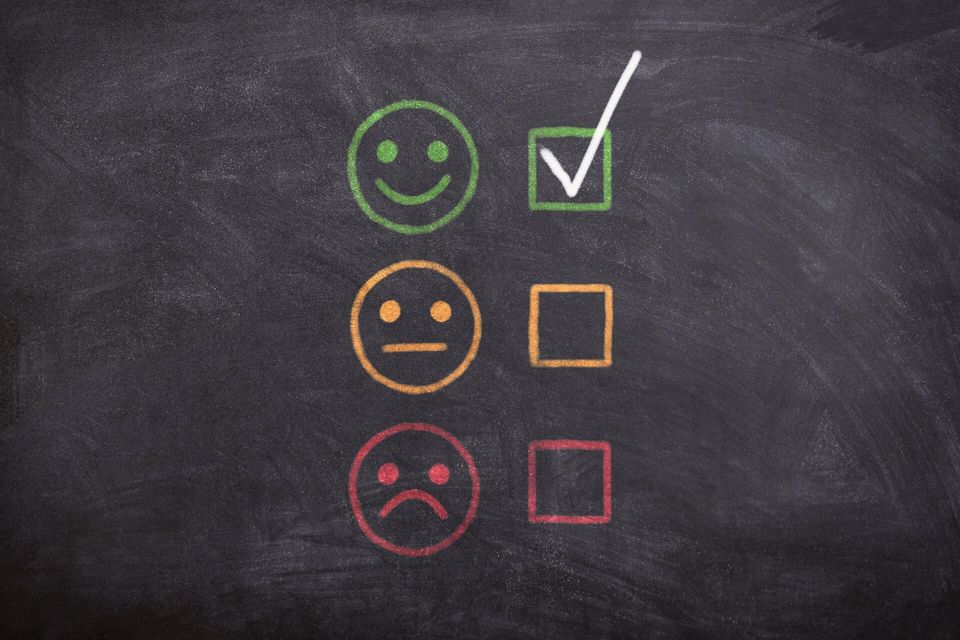3 costly mistakes to avoid in product development
Are you thinking of creating a new product for the market?

You’re willing to make a new product for mass production. In this exciting new venture, there are traps that you don’t want to fall into. Here are 3 that can be avoided if you’re aware of them:
1. Sticking to one idea too early on
When you’re developing a product, it is easy to rush in with a specific appearance in mind, and to get really attached to the image you have in mind. When you get too attached to your initial idea, it could work against you, because it blocks you from coming up with other solutions that might be better.
Try to think of the big picture. Ask yourself these questions: “What should the product achieve?”, “Who will use the product?”, and “In which surroundings should the product perform well?”. What is the reason you want to create this product and how will it solve people’s problems?
While you are coming up with ideas, keep an open mind. The people that I work with who are most adaptable to complications in the process, are the most successful at selling their products too. They are flexible when problems arise and willing to adjust their views.
2. Creating unintended visual imbalances
Your new product most likely consists of multiple elements. If the elements are developed separately and then put together, this might be visible in the end product. The end result then doesn´t present the elements at their best.
In order to create a cohesive whole, it is important to align elements properly. For example, make sure that icons or buttons are arranged on or against a shared axis (invisible line). This also counts for placement of your brand logo.
If you’re developing an electronic product, it’s worth developing the electronics simultaneously with the enclosure, so that you’ll end up with a balanced shape and an appealing alignment of visible elements.
Even division lines between housing parts can be important design elements of your product.
Furthermore, create a unity by using repetition. Use the same details throughout the product. These details could for example be specific radii, button shapes, colors, or even distances between elements like buttons.
3. Ignoring minor issues
As an entrepreneur, you’d probably like to move fast from project to project. However, it may not work to your advantage to move on to selling your product before fixing minor issues. Consumers could notice these and complain about them, which could possibly damage your reputation.
To avoid this, inspect your prototype(s) carefully, ideally with people that fit your target group. List all issues and communicate them to your manufacturer. Adjust the design if necessary. In this age in which every product or service gets reviewed, it is a must to pay attention to detail in order to excel. Help your customers by taking a bit more time upfront to fix all remaining issues and deliver a better product.
Mistakes like sticking to one idea too early, creating unintended visual imbalances, and ignoring minor issues, can all be avoided, as long as you’re consciously aware of them and willing to adapt.











